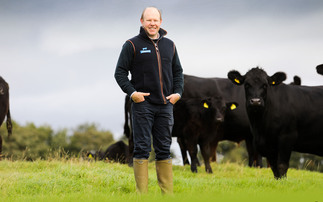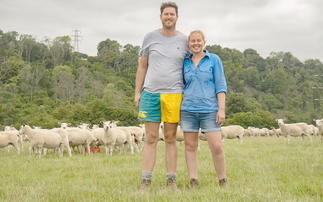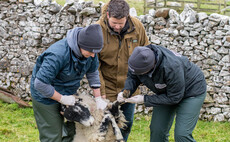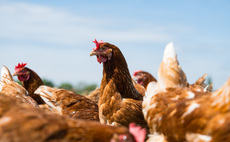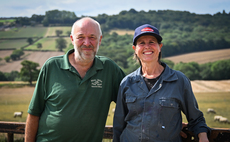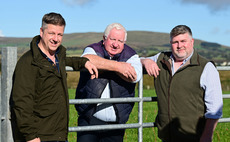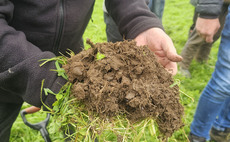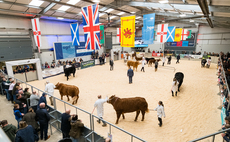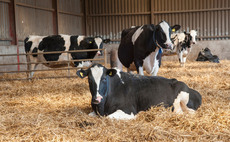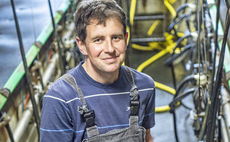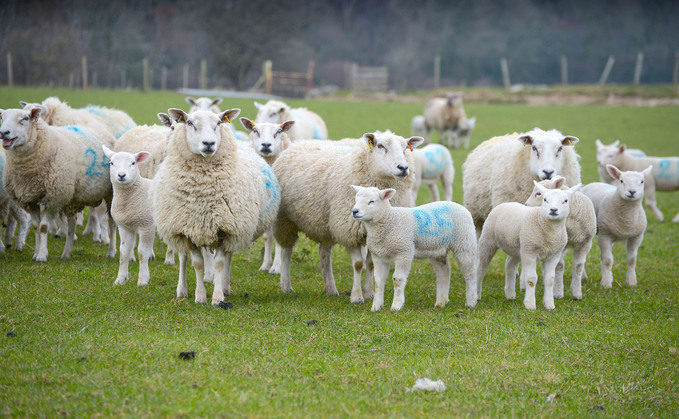
The strategy, which is the first of its kind for the sector, is designed to help the whole industry show progress in sheep welfare by 2028.
Speaking at the launch of the strategy, RH&W chair, Gwyn Jones, said it aims to deliver high welfare and encourage the adoption of good practice on all sheep farms across all four nations in the UK, regardless of size, location, or production system.
He said: "The industry's shared vision is for the UK sheep sector to demonstrate evidence-based progress in six key areas of sheep welfare over the next five years and beyond.
"Improvements to health and welfare will ultimately result in a more productive and sustainable supply chain, having ��a positive impact on the sector's carbon footprint. At a grass roots farm level, it will benefit farmers directly through better productivity, working conditions and positive mental health."
The six strategic goals in the strategy are:
·������������ Healthy feet - reducing lameness for all sheep to improve overall health and welfare by increasing mobility, productivity, and longevity
·������������ Appropriate body condition - ensuring optimal body condition score to improve resilience to disease and fertility, and a breeding female's ability to rear thriving lambs
·������������ Thriving lambs - ensuring lambs are born strong and thrive throughout life by providing good nutrition and protection against disease
·������������ Collaborative flock management - ensuring active collaboration between farmers, vets, and advisers to aid the development of optimal flock health and welfare plans
·������������ Positive welfare - ensuring all management decisions are made with a focus on welfare and considered through the eyes of the flock
·������������ Sheep comfort - ensuring every farm has a proactive pain management plan to optimise the comfort of sheep and aid their ability to overcome disease, illness, and/or injury
Mr Jones says progress on these six areas is vitally important, as research shows the public expects the delivery of good welfare to include far more than ensuring good health alone.
"The strategy will pave the way for this, however investment will be required for practical methods of reporting progress and the collation of existing data to show improvements."
Dr Rebecca Mearns, senior veterinary advisor at Biobest said: "Key to the success of the strategy will be vet/farmer engagement, with both parties working closely together to take a proactive approach to prevent disease and this starts with farm health planning with vet input.
"It is a question of having broader goals and looking at what changes can be made to improve welfare.
"�������� need to look at their flock with a critical eye and consider it through the lens of welfare rather than just health, which may require a change in mindset.
"Know your business and consider your farming practices and where changes might be made, for example, in terms of the use of anelgesics, tail docking and castrating.
Dr Mearns also stressed the importance of measuring performance as the success of the strategy would depend on being able to demonstrate where improvements in welfare had been made, but one of the major challenges would be data collection.








